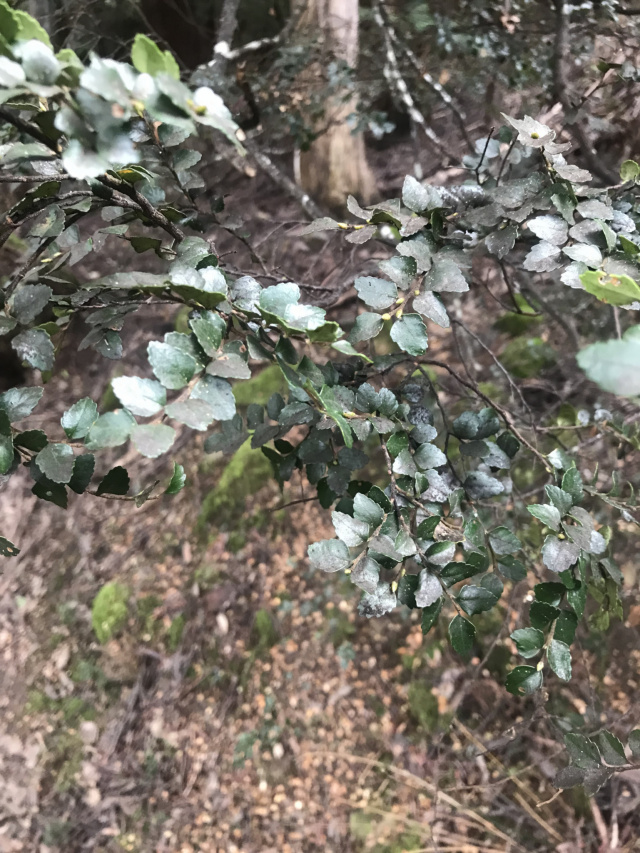Myrtles, a gondwanic relic on Bruny
Bruny Island
Myrtles are a gondwanic species. They are cousins of plants that have been around since the time of dinosaurs, with relatives that can be found in other parts of the world that were once part of Gondwana - such as New Zealand and Patagonia.
There is currently an important project occurring on Bruny Island at the moment with Inala in partnership with Kew Gardens in the UK, studying the phenomenon of myrtle wilt, which tends to exponentiate around areas of logging, roading or disturbance.
A wonderful place to see these ancient relictual trees, with their direct link to pre human history, is the Mavista falls track in Adventure Bay. Cool temperate rainforest at sea level is pretty amazing!

Myrtle trees live for hundreds of years. They carry almost as much biomass as themselves in epiphytes.


James Bunker
independent researcher, BIEN
Myrtles are a gondwanic species. They are cousins of plants that have been around since the time of dinosaurs, with relatives that can be found in other parts of the world that were once part of Gondwana - such as New Zealand and Patagonia.
There is currently an important project occurring on Bruny Island at the moment with Inala in partnership with Kew Gardens in the UK, studying the phenomenon of myrtle wilt, which tends to exponentiate around areas of logging, roading or disturbance.
A wonderful place to see these ancient relictual trees, with their direct link to pre human history, is the Mavista falls track in Adventure Bay. Cool temperate rainforest at sea level is pretty amazing!

Myrtle trees live for hundreds of years. They carry almost as much biomass as themselves in epiphytes.

You might like...

Cloudy Bay's extraordinary ecology
Myrtle beech
The Myrtle beech, or simply 'Myrtle' is the dominant species of Tasmania's rainforests. Myrtle trees can grow up to 55m tall, and have a heart-shaped dark green leaf with a tiny serrated edge.
Bruny Island's Belt of Sub-Alpine Rainforest
Illustrative of the wonderful variety of habitat types within the compact island, Bruny hosts a small belt of sub-alpine rainforest on the slopes of Mt Mangana
Newsletter
Sign up to keep in touch with articles, updates, events or news from Kuno, your platform for nature
